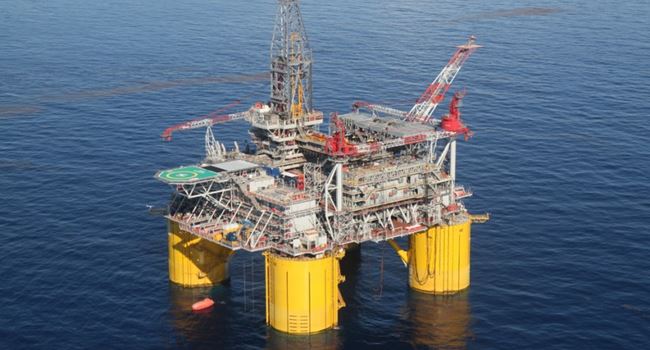When you hear “offshore oil rig,” the image that comes to mind is often a towering metal structure rising above the ocean surface. But what most people don’t see is the fascinating and complex process of how these giants are installed in the first place. In this blog we will delve into the complex operations in offshore rigs and discuss how oil rigs are mounted offshore.
Mounting an oil rig offshore is a monumental task that blends engineering, logistics, and precise planning. Let’s take a deep dive into how it all happens.
- Site Selection and Seabed Survey
Before anything touches the water, experts conduct detailed surveys of the seabed. Using sonar and seismic technology, they determine where oil and gas deposits lie. Once a promising site is located, engineers assess the underwater terrain to determine how to safely anchor a rig.
Soil type, water depth, wave patterns, and even the presence of marine life all influence the kind of rig that will be used and how it will be mounted.
- Choosing the Right Type of Rig
Not all oil rigs are the same. Depending on the water depth and environment, different types are used:
- Fixed Platforms: These are used in shallow waters (up to 500 meters). They are mounted directly to the seabed using steel or concrete legs.
- Compliant Towers: Built for deeper waters, they can flex with ocean currents while staying anchored to the seabed.
- Floating Rigs: These include semi-submersible rigs and drill ships, which are used in deep or ultra-deep waters. They float on the surface and are held in place by anchors or dynamic positioning systems.
- Transportation and Assembly
Once the rig structure is built usually in sections at coastal fabrication yards it is transported to the offshore site using barges or heavy-lift vessels.
Some rigs are assembled onshore and towed into place, while others are assembled at sea. Massive cranes and teams of divers or remotely operated vehicles (ROVs) help piece everything together.
- Anchoring and Mounting
This is one of the most critical phases. Depending on the type of rig, different mounting methods are used:
- For fixed platforms, large steel legs (called “jackets”) are driven deep into the seabed. Concrete is sometimes pumped into the legs to provide extra weight and stability.
- Floating rigs are stabilized using huge anchors connected by mooring lines. In high-tech rigs, dynamic positioning systems use thrusters and GPS to maintain position without anchors.
- Tension-leg platforms are tethered to the seabed using strong steel tendons that keep the platform from bobbing with the waves.
- Drilling and Operation Begins
Once the rig is securely in place and systems are tested, drilling can begin. Pipes are lowered through the rig structure and deep into the Earth to reach oil reservoirs. From there, production facilities either process the oil offshore or pipe it back to shore.
Built to Last
Offshore oil rigs are designed to survive decades in harsh conditions battling waves, storms, saltwater corrosion, and even the occasional hurricane. Routine maintenance, inspections, and technological upgrades are key to keeping them operational and safe.
Conclusion
Mounting an oil rig offshore is no small feat. It’s a complex operation involving heavy machinery, expert planning, and a deep understanding of marine environments. These ocean giants don’t just float out there by chance they are engineered to be rock-solid in one of the most challenging environments on Earth.

